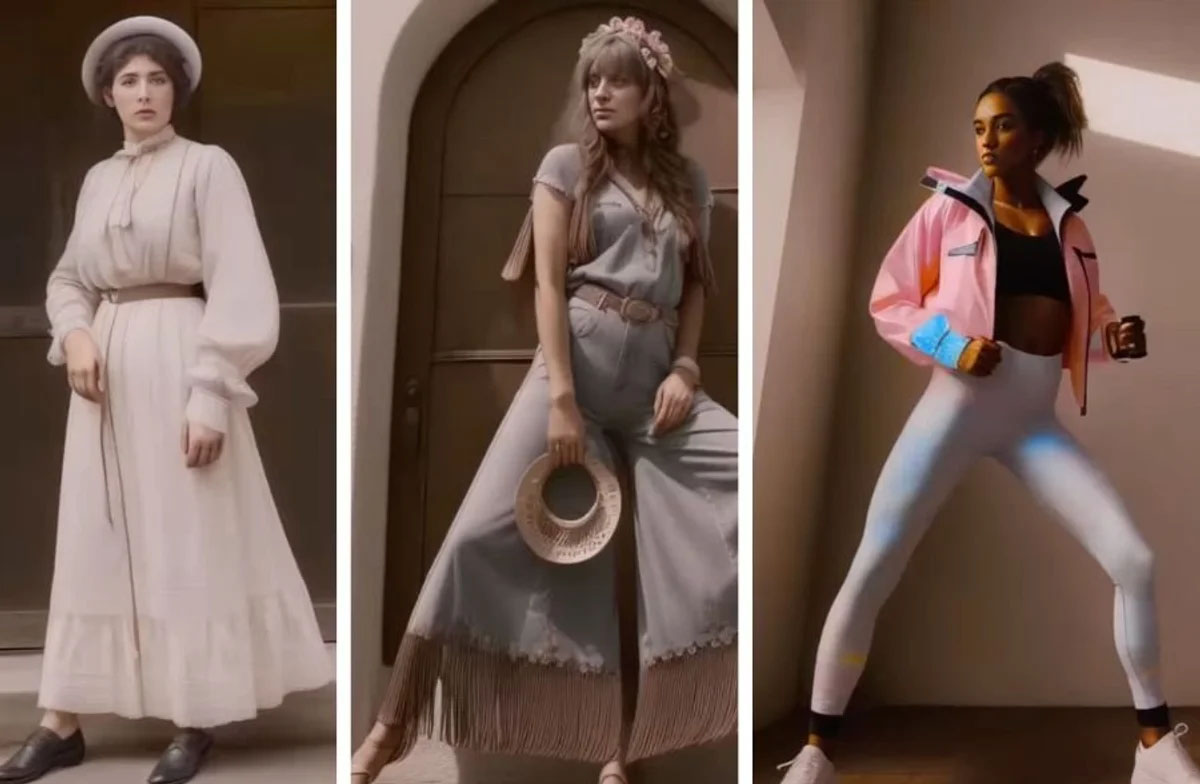
Photo Credit: @lightnlense/Instagram
Fashion, a dynamic and ever-changing form of self-expression, has played a central role in human culture for centuries. From ancient civilization to modern day runways, the evolution of fashion reflects shifts in society, technology and individual identity. Let's take a journey through time to explore the rich history of fashion and its and its transformative impact on the world.
The origin of fashion can be traced back to ancient civilization such as Egypt, Greece and Rome. In these societies, clothing served both practical and symbolic purposes, with garments often reflecting social status, gender roles and religious beliefs. Luxurious fabrics, intricate embroidery and elaborate accessories were reserved for the elite, while commoners wore simpler attire made from natural fibers like linen and wool.
During the Middle Ages, fashion became more elaborate and ornate, especially among the nobility. The rise of feudalism and the emergence of powerful monarchies fueled a demand for luxurious textiles and extravagant garments adorned with jewels, fur and precious metals. Sumptuary laws were enacted to regulate clothing based on social class, reinforcing distinctions between the aristocracy and the peasantry.
The Renaissance period witnessed a revival of classical aesthetics and a renewed interest in art, literature and fashion. The invention of the printing press facilitated the spread of new ideas and styles leading to the emergence of fashion trends across Europe. The Baroque era that followed was characterized by opulent fabrics, elaborate lacework and exaggerated silhouettes, as seen in the elaborate court fashions of Louis XIV’s Versailles.
The advent of the Industrial Revolution in the 18th and 19th centuries transformed the fashion industry, ushering in an era of mass production and consumerism. Advances in textile manufacturing, such as the invention of the sewing machine, made clothing more affordable and accessible to the masses. Ready to wear clothing became increasingly popular, replacing bespoke garments tailored to individual measurements.
The 20 th century revolutionized fashion with its rapid pace of change and diverse array of styles. It began with the elegance of the Edwardian era, followed by the avant-garde experimentation of the Roaring Twenties. The Great Depression brought simplicity and practicality, while World War II influenced utility and rationing. The post war period saw the emergence of iconic fashion houses and the birth of youth culture, leading to eclectic trends of the swinging sixties and the bold statements of the punk movement in the seventies.
The late 20 th century witnessed a fusion of global influences, from Japanese minimalism to African prints, culminating in a diverse and inclusive fashion landscape.
Today, fashion continues to evolve, reflecting the dynamic nature of human expression
and creativity.
Email: This email address is being protected from spambots. You need JavaScript enabled to view it.
















